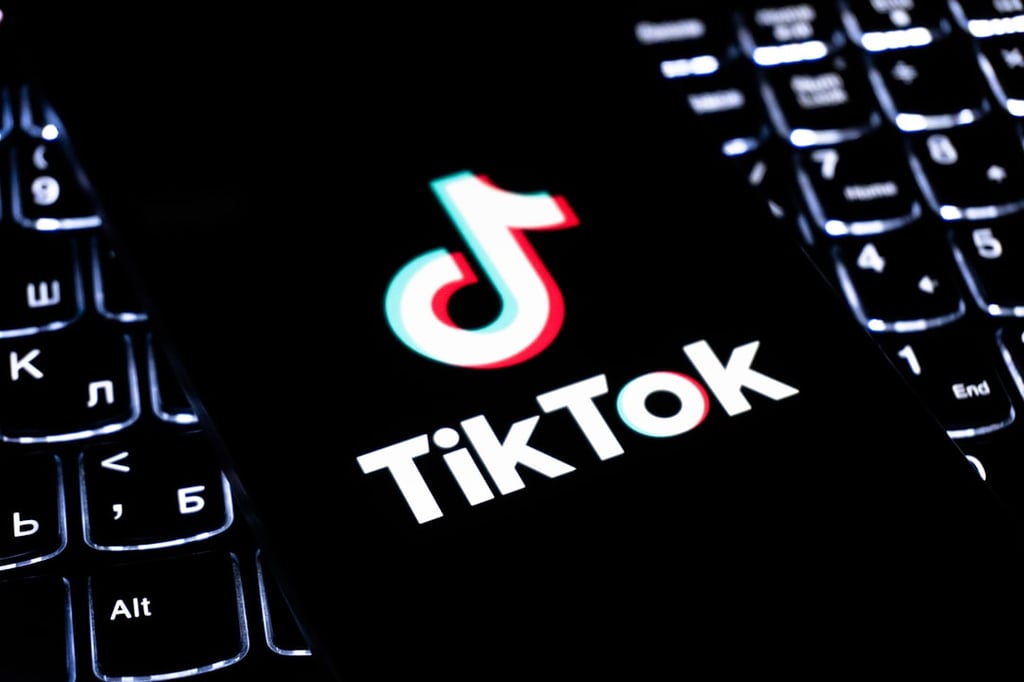Datamation content and product recommendations are
editorially independent. We may make money when you click on links
to our partners.
Learn More
Microsoft continues to humiliate Apple in both the desktop and server markets, with Apple’s market share stuck stubbornly below 5 percent in the former, and hovering a fraction above 0 percent in the latter.
But when it comes to the mobile operating system market, it’s Microsoft that’s eating humble pie — of a brand with a distinctly Apple (NASDAQ: AAPL) flavor.
That’s because despite its domination of desktop and server room operating system sales, Microsoft’s (NASDAQ: MSFT) attempts in the mobile arena have been lame, lame, lame, to say the least: After years of laboring, Microsoft’s Windows Mobile managed a smartphone OS market share of just 9 percent in the second quarter of this year, according to Gartner. By contrast, Apple’s iPhone has already bagged over 13 percent in just two years – and that figure is rising fast.
So the obvious question that comes to mind is this: Why does a company like Microsoft — one that is so successful at selling desktop and server operating systems — do so dismally in the mobile arena, and why does a company like Apple — one that is such a dismal failure in the desktop and server operating system market — do so well in the mobile arena?
One reason the iPhone has succeeded so remarkably is because the competition’s OSes are so bad. Symbian? Blackberry? Windows Mobile? Oh please! These fiddly little mobile OSes might have seemed acceptable until Apple burst onto the scene, but once the iPhone was released the game was over. Apple’s mobile OS is so easy to use that anything else looks ridiculous in comparison. Even if it’s not quite ready for enterprise prime time, it’s changed the game and sent the other mobile OS makers scurrying to follow Apple’s lead.
Will that stop the iPhone? Probably not. If we take a look at the desktop market, a major reason Microsoft’s Windows has protected its position as top dog for years is because of the huge range of applications that run on it, including old, bespoke apps that won’t easily run on anything else. Linux and OS X may be “as good” or “a little better” than Windows, but that has proven not to be enough to erode Windows’ market share significantly.
So even if the other mobile players do manage to make an OS “as good” or “a little better” than the iPhone OS, they’ve probably missed the boat. It’s the plethora of iPhone apps that are out there — and that are still coming in droves — that will likely ensure that the iPhone continues to thrive. Apple’s App Store has tens of thousands of apps to run on the platform, while the numbers offered by the competition are laughable.
Market leader Nokia’s market share is dropping rapidly, and if you’re wondering why and want a laugh go visit Ovi, Nokia’s app store. You’ll find a few wallpapers and ringtones, but apps? The paucity of what’s on offer beggars belief! Microsoft hasn’t even gotten around to building an apps store for Windows Mobile yet, and Blackberry’s App World is little better than Ovi.
What this means — and you have to love the irony — is that Apple’s iPhone OS has become the Windows of the mobile world, the OS of choice for developers of consumer apps. But what must be troubling for Nokia, Research in Motion and Microsoft is that despite the considerable work they have put in over the past few years to establish their mobile OSes in the enterprise — with centralized management and provisioning, encryption, remote device wipe, and so on — Apple is also already attracting considerable enterprise user interest despite having done comparatively little in this regard.
A quick look at Apple’s App Store shows plenty of business apps from the likes of Oracle, Salesforce.com, SAP and others that demonstrate that enterprise users are being wooed by big business.
What all this goes to show is that if you build an OS that blows away the competition in terms of looks and ease of use, as Apple has discovered with its iPhone OS, users will adopt it and developers will come. As Apple has learned to its cost in the desktop OS arena, being as good or a little better than the market leader simply isn’t enough to avoid humiliation.
Article courtesy of Server Watch.
-
Huawei’s AI Update: Things Are Moving Faster Than We Think
FEATURE | By Rob Enderle,
December 04, 2020
-
Keeping Machine Learning Algorithms Honest in the ‘Ethics-First’ Era
ARTIFICIAL INTELLIGENCE | By Guest Author,
November 18, 2020
-
Key Trends in Chatbots and RPA
FEATURE | By Guest Author,
November 10, 2020
-
Top 10 AIOps Companies
FEATURE | By Samuel Greengard,
November 05, 2020
-
What is Text Analysis?
ARTIFICIAL INTELLIGENCE | By Guest Author,
November 02, 2020
-
How Intel’s Work With Autonomous Cars Could Redefine General Purpose AI
ARTIFICIAL INTELLIGENCE | By Rob Enderle,
October 29, 2020
-
Dell Technologies World: Weaving Together Human And Machine Interaction For AI And Robotics
ARTIFICIAL INTELLIGENCE | By Rob Enderle,
October 23, 2020
-
The Super Moderator, or How IBM Project Debater Could Save Social Media
FEATURE | By Rob Enderle,
October 16, 2020
-
Top 10 Chatbot Platforms
FEATURE | By Cynthia Harvey,
October 07, 2020
-
Finding a Career Path in AI
ARTIFICIAL INTELLIGENCE | By Guest Author,
October 05, 2020
-
CIOs Discuss the Promise of AI and Data Science
FEATURE | By Guest Author,
September 25, 2020
-
Microsoft Is Building An AI Product That Could Predict The Future
FEATURE | By Rob Enderle,
September 25, 2020
-
Top 10 Machine Learning Companies 2020
FEATURE | By Cynthia Harvey,
September 22, 2020
-
NVIDIA and ARM: Massively Changing The AI Landscape
ARTIFICIAL INTELLIGENCE | By Rob Enderle,
September 18, 2020
-
Continuous Intelligence: Expert Discussion [Video and Podcast]
ARTIFICIAL INTELLIGENCE | By James Maguire,
September 14, 2020
-
Artificial Intelligence: Governance and Ethics [Video]
ARTIFICIAL INTELLIGENCE | By James Maguire,
September 13, 2020
-
IBM Watson At The US Open: Showcasing The Power Of A Mature Enterprise-Class AI
FEATURE | By Rob Enderle,
September 11, 2020
-
Artificial Intelligence: Perception vs. Reality
FEATURE | By James Maguire,
September 09, 2020
-
Anticipating The Coming Wave Of AI Enhanced PCs
FEATURE | By Rob Enderle,
September 05, 2020
-
The Critical Nature Of IBM’s NLP (Natural Language Processing) Effort
ARTIFICIAL INTELLIGENCE | By Rob Enderle,
August 14, 2020
SEE ALL
ARTICLES









